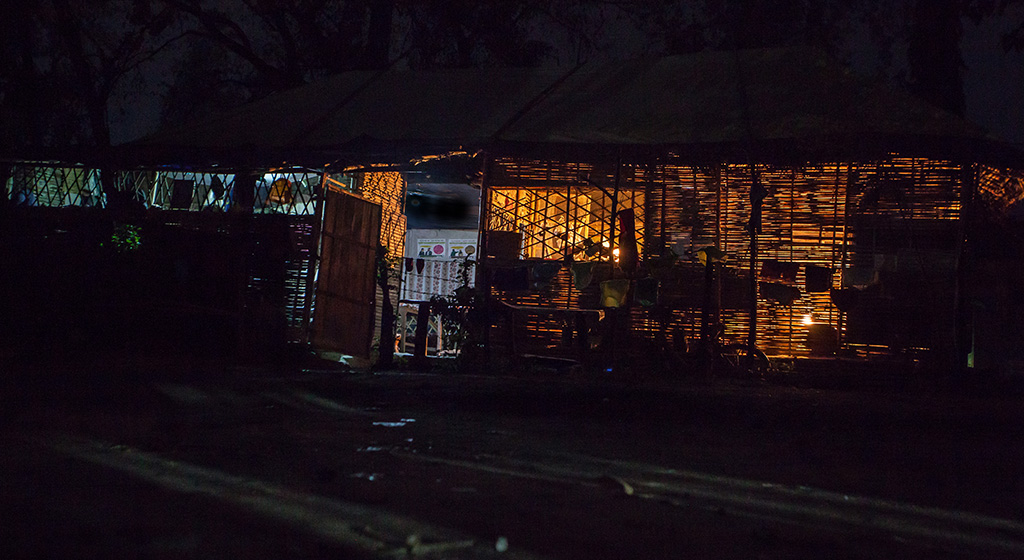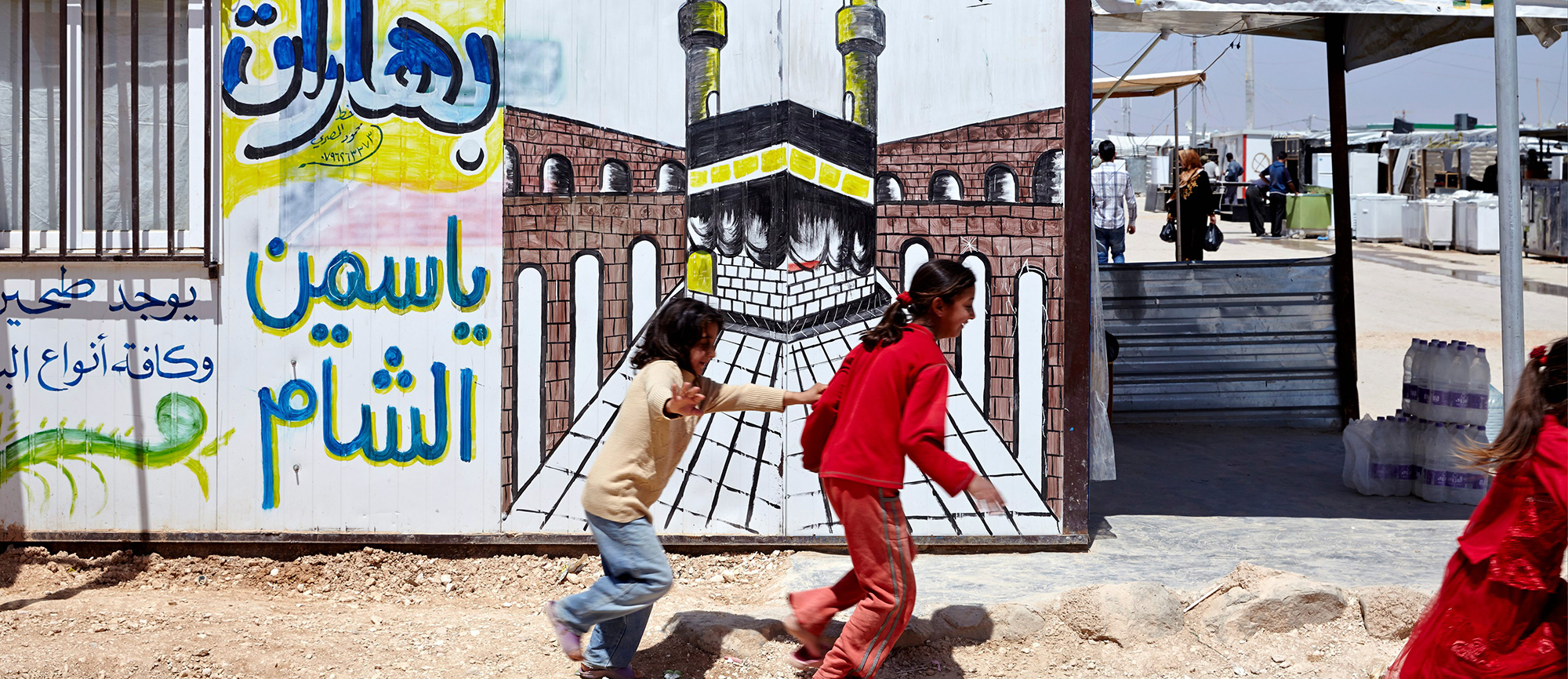1. Define challenges
A dwindling refugee population
Nepal is home to a dwindling population of Bhutanese refugees. Since the start of the group resettlement process in 2006, the camp population has decreased to less than one sixth of its original population. As of 15 May 2016, 15,500 refugees were left living in two camps located in eastern Nepal. It is expected that 13,000 of them will ultimately remain in the country.
The UNHCR operation in Nepal has provided energy sources to the camp population. However the changing demographics of the camps and the rising price of fuel have pushed the agency to find new, affordable and more sustainable sources of energy.
In 2014, UNHCR Nepal reached out to the Innovation unit to work on a new energy strategy both for the camps and the surrounding host community, to be implemented in 2016, 2017 and 2018. Engineers Without Borders USA, which provides technical assistance for international development work through its pool of students and professional engineers, came on board as a technical partner. Energy-related activities have received financial support from the Ikea Foundation and UNHCR Nepal.

Soft light from kerosene lanterns and candles in Beldangi Refugee Camp. The energy strategy in Nepal is piloting new, affordable, and more sustainable sources of energy to light up the refugee camp.
2. Identify solutions
Assessing energy needs
In February 2015, a thorough assessment of energy consumption was conducted in the Beldangi and Sanischare camps as a basis for designing a new strategy. The objective was to analyse consumption patterns, and understand the needs of the refugee and host community in order to come up with a durable solution that can be handed over to local communities as UNHCR scales back its operations in Nepal.
UNHCR wanted to take a comprehensive approach to addressing energy needs at the individual and communal level. The strategy would involve the refugee and host communities at an equal level to make sure the projects would have a long-lasting impact, even after the completion of the resettlement process.
The team opted to prototype and pilot a solar-powered mini-grid system that would power streetlights and later could provide electricity to households. It also set out to revive the utilisation of solar-powered stoves to reduce the dependence on non-renewable fuel sources such as liquid propane gas (LPG). Lastly, it decided to electrify one of the camps’ clinics through solar power as a way to test the feasibility of supplying solar energy to communal buildings.
3. Test solutions
Deploying pilots for mini-grids and cookstove reconditioning
Throughout 2015, UNHCR and EWB USA tested a pilot for the mini-grids. The system quickly proved to be more sustainable and less costly than the standalone solar streetlights that had previously been installed in the camps, but the design needed significant adjustments. The mini-grids also suffer from a lack of community adoption, partly because many refugees were preparing to be resettled abroad and didn’t see the benefit in investing time and energy into the new system. What’s more, the solar-powered electrification system set up at the clinic wasn’t adequately maintained by staff, which challenged plans to connect communal buildings to mini-grids.
The team worked with a local partner organization to recondition the solar cookstoves left behind by departed refugees before redistributing them to members of the host community, who had showed a higher adoption rate of the solar cookstoves than the refugees, in exchange of a small donation. The new owners also received half a day’s training to learn how to operate the equipment. The project showed encouraging results, but only managed to reach a limited number of households.

4. Refine solutions
Enhancing the design of mini-grids and improving community adoption
UNHCR and EWB USA brought significant changes to the mini-grid design to enhance battery performance and upgrade the quality of the light bulbs. It was decided to reduce the size of future mini-grids in order to limit the demand on the batteries. Maintenance of the clinic’s solar system was transferred to UNHCR’s local partner for primary healthcare and nutrition, AMDA. And since refugees were getting increasing access to solar lighting systems, connecting households to the mini-grids no longer seemed to be a priority. The team therefore chose to focus on street and communal lighting.
To solve challenges related with community adoption, UNHCR is now planning on training volunteer Energy Ambassadors – members of the host and refugee communities whose responsibilities would be to maintain the mini-grids and provide assistance to households on how to maintain their solar lighting systems. In the future, these ambassadors could eventually create business models around maintenance and training services. These Ambassadors will undertake intensive training on solar mini-grids in the autumn for a period of four to six weeks.
As for the solar cookers, UNHCR and its local partner are considering expanding the geographical coverage of the project so as to reach a higher number of households within the host community.

5. Scale solutions
Expanding solar-powered solutions throughout the camps and beyond
Thanks to the funding received by the Ikea Foundation, a new position has been created for an Energy Associate to work on the ground on monitoring the advancement of the strategy, ensure the maintenance of the mini-grids, and organizing activities to increase the adoption of solar energy. This position is considered crucial to ensure the deployment and durability of energy-related projects.
Throughout the next year, UNHCR and its partner will work on setting up new mini-grids based on the refined pilot. Some of the mini-grids will power a new project to be launched as part of the energy strategy – the creation of two ICT4D (Information and Communication Technology for Development) schools to be used by refugees and locals alike.









